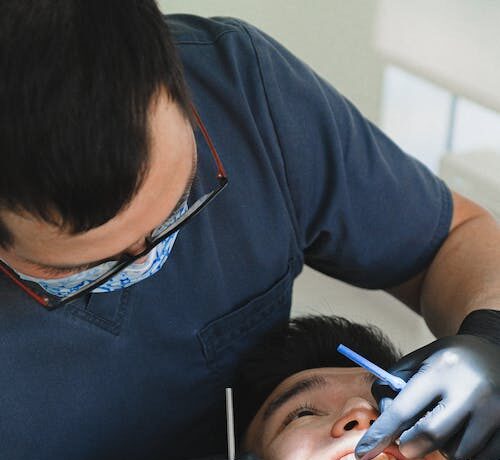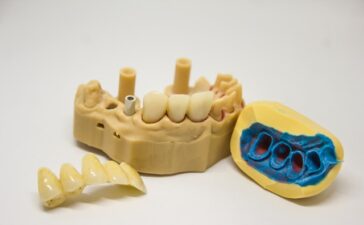Periodontal disease or gum disease is a common condition that many people face and this is something that affects the tissues surrounding the teeth and supporting them. It is important to treat gum disease early on as avoiding or ignoring treatment can negatively impact your overall health.

Periodontal disease is actually a chronic bacterial infection
This affects the gums, bones and ligaments that support your teeth. In the beginning, there will be plaque on the teeth and gums. This will be removed with regular brushing and flossing. Without brushing or flossing, the plaque will harden and become tartar. This will cause the gums to become infected and inflamed.
Going to the dentist Narre Warren regularly will be quite beneficial as well as they can identify early signs of periodontal gum disease. The dentist can also recommend good oral hygiene habits that can help you avoid this condition. Poor oral hygiene is one of the main causes of periodontal disease. Without frequent brushing and flossing, plaque will accumulate on the teeth and gums which can contribute to this condition.
Then there are certain unhealthy habits such as tobacco use and smoking that can increase your risk of developing gum disease. Certain individuals are also predisposed to gum disease because of their genetics. Some health conditions such as diabetes can also increase your risk. The risk can also increase with certain medications.
It is important to recognise
The signs of gum disease so you know when to seek help before the condition becomes severe. You will be able to get early treatment once you know what to look for. The earliest stage of gum disease is called gingivitis. This is where your gums will look red and swollen. Sometimes your gums will start to bleed when you brush or floss. At this stage, you can reverse the condition when you improve your oral hygiene.
You can also go for a professional dental cleaning so that plaque in hard to reach areas can be removed. Periodontitis is when there are deep pockets developed between the teeth and gums and this stage can be seen once the disease progresses. You will see receding gums and this can also lead to tooth loss. You may notice increased tooth mobility. The infection can affect the bone that is supporting the teeth.

The most severe stage will be advanced periodontitis
And your teeth can become loose or start shifting. The gum pockets will start to deepen more and you will notice significant bone loss. There are few treatment methods used for periodontal gum diseases and the severity of the disease will determine the treatment plan. If you have a mild or moderate condition, scaling and root planing will be done which are non-surgical procedures.
Here, the plaque and tartar will be removed from the tooth surfaces and as the root of the tooth is smoothed out by root planing, this makes it hard for bacteria to adhere to it. In moderate to severe cases, pocket reduction surgery will be done where the gum tissue is lifted to remove the deposits of tartar. If gums have receded significantly exposing the root of teeth, gum grafting will be done. And in severe cases, bone grafting will be done as the disease will cause loss of bone around the teeth.






